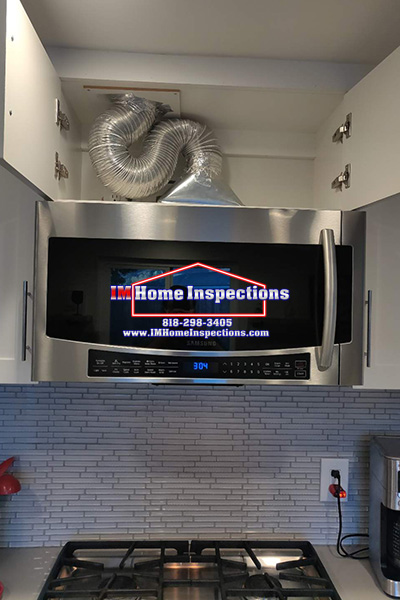Carbon Monoxide: Furnaces, Water Heaters, and Thanksgiving. On the surface, these seem to be unrelated. But actually, a gas furnace, water heater, and oven produce carbon monoxide.
What is Carbon Monoxide
Carbon Monoxide is, of course, an odorless and invisible gas that is dangerous to breathe. Unlike movies and TV shows, Carbon Monoxide will not cause a person to gag or gasp for air. Rather, a person exposed to Carbon Monoxide will just feel tired and want to take a nap (more on that in a bit). At worst, it can easily be mistaken for the flu, with headaches, dizziness, nausea, and fatigue. Regardless of how it affects an individual, it’s silent and easily mistaken for other causes. I have been in a basement filled with carbon monoxide, and my first thought was I need more coffee, and my second thought was I should just lie down and take a short nap. As soon as I left the basement, I suddenly felt much better and awake. I then realized I had been exposed to high levels of carbon monoxide.
Furnaces, Water Heaters, and Ovens
The main sources of carbon monoxide in a home are a gas furnace, a gas water heater, and a gas cooktop and oven (or combined in a range). Many houses also have a gas dryer. As home inspectors, we spend time looking at the exhaust of the furnace, water heater, and locating the dryer exhaust. However, a gas over has no exhaust. Why is this? It comes down to BTU (British Thermal Units), which is the amount of heat added. The more BTU, the more potential carbon monoxide.
Roughly:
-
Residential furnace: 60,000–120,000+ BTU/hr
-
Tank-style water heater: 30,000–40,000 BTU/hr
- Gas dryer burner: 18,000–22,000 BTU/hr
-
Gas oven: 12,000–20,000 BTU/hr
In addition, a furnace may run for hours at a time, or even most of the day in cold weather. A water heater is on and off all day long. A dryer exhausts high levels of moisture along with the carbon monized and needs a dedicated exhaust system. Bu your oven? Typically, it will only be on maybe an hour or two here and there. Most people don’t bake all day long everyday.
-
Furnaces MUST vent to the exterior (high BTUs at a continuous rate)
-
Water heaters MUST vent to the exterior (high BTUs at a continuous rate)
-
Gas dryers MUST vent to the exterior (mid-low BTUs buth with moisture)
-
Gas ovens do NOT vent to the exterior. (low BTS, low rate of use)
The Range Hood
By now, you’re thinking, ok, but my range has a hood. Yes. But the key factor is that the hood is over the cooktop, and not necessarily the oven. And most people only turn on the hood when they are cooking something that is producing smoke, steam, or other vapor. Most people do not turn on the range hood when baking. Worse, not all range hoods vent to the exterior. Maybe simply recirculate air. They blow the same air back into the room after passing through a charcoal/grease filter to remove particles. But this does nothing to remove carbon monoxide. Worse, many hoods we inspect are not installed correctly.

Thanksgiving
So what does this have to do with Thanksgiving? Because that is the one day a year when most people have their ovens running all day long. Which means that gas gas-burning carbon monoxide-producing oven that is only intended to be one for a few hours here and then is now producing a slow, steady stream of carbon monoxide all day long. Most of us think we feel tired after eating turkey due to tryptophan. Though it’s mostly a heavy carbohydrate-rich meal, often combined with alcohol, which makes you tired. But it may not be the food alone. It could be exposure to carbon monoxide that’s assisting you in feeling like a post-dinner nap.
Simple Fixes to Keep Your Thanksgiving Kitchen Safe
-
Use a ducted range hood the entire time the oven is on
-
Open a window at least ½ inch
-
Make sure your CO detector is not expired
-
Avoid using the oven for heat
-
Keep the kitchen door open to allow airflow
- If you suspect carbon monoxide exposure, go outside and get fresh air!
For more about kitchen safety on Thanksgiving, read about anti-tip brackets here.
To book your home inspection, call 818-298-3405 or book online here.

